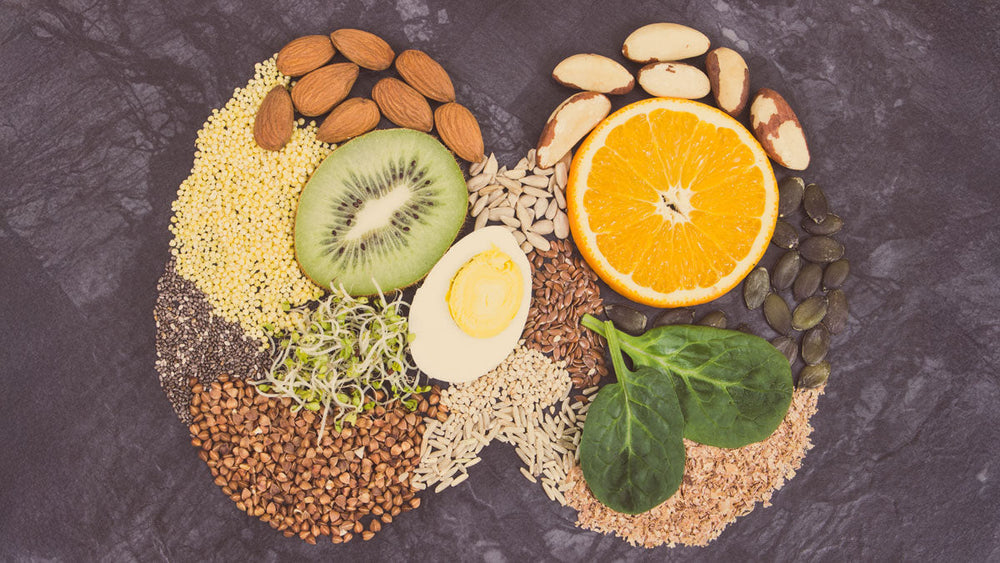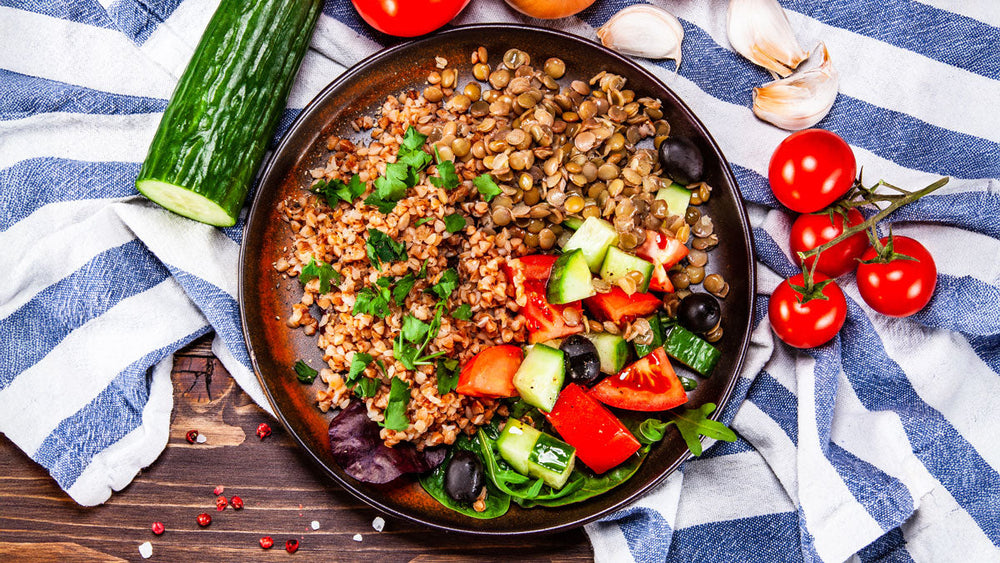Nausea is a very unpleasant symptom that can occur for many reasons.
I don’t know about you but if I am nauseated I am VERY uncomfortable and once I identify the source of nausea I will do anything to prevent that feeling from happening again. Some common reasons for nausea are overeating, acid reflux, eating too little, consuming foods that you are intolerant to, stress or anxiety, pain, or side effects from medications.
Let’s talk about anatomy for a second. At the top of your stomach is a little opening called the lower esophageal sphincter (LES). It opens (kind of like a door) to let food in from your esophagus down into your stomach where it then mixes with stomach acid to aid in digestion. Acid reflux occurs when the LES weakens and does not close tightly, allowing stomach acid to splash back up into your esophagus resulting in heartburn and nausea.
Acid reflux can be triggered by diet, stress, medications and even tight-fitting clothes.
If these are the reasons you may be nauseated- try the following:
- Avoid tight fitting clothes; wear loose clothes that do not put pressure on your upper abdomen.
- Make sure to sit up-right for at least 90 minutes after consuming a meal- this will help prevent stomach contents from slipping back up into your esophagus.
- Avoid drinking a lot of fluids during meal times and using straws. Too much fluid can fill up your stomach and make it easier for liquid contents to splash into the esophagus. Using straws can trap air in your stomach causing discomfort and gas expansion.
- Avoid triggering foods for heartburn. Common trigger foods include:
- Caffeine
- Chocolate
- Peppermint
- High fat foods (fried foods, full-fat dairy products)
- Carbonated beverages
- Spicy foods (black pepper, hot spices/herbs, and various peppers)
- Tomatoes and tomato products
If you suffer from general nausea and cannot identify the cause for nausea, there are some general things to try that can help you manage this unpleasant symptom until you are able to identify the root cause:
- Eat bland foods:
- Dry breads, crackers
- Clear broths
- Applesauce
- Banana
- Potato
- White rice
- Eggs cooked without fat
- Baked chicken breast or other lean proteins
- Avoid fried foods or foods high in saturated fats like full-fat dairy products & foods coated in oils. Also avoid high fiber foods like whole grain breads, brown rice, raw vegetables and fruits with tough skins/seeds. In general fiber is good but if you already have an upset stomach due to nausea, fiber foods can make your stomach more upset due to digestion- our bodies work a little harder to break down certain fibers.
- Eat 6-8 small meals throughout the day versus eating 3 large meals. Putting less food in your stomach may help reduce nausea but will also keep you from becoming nauseated due to hunger.
- Limit exposure to food odors during cooking and meal preparation. Try to have someone help you make meals. Also try eating foods that are warm or cold- these tend to be less odorous.
- Suck on hard ginger candy, sip on ginger tea, and try to avoid Ginger-ale. Carbonation can actually make nausea worse due to gas expansion.
- Wear SeaBands or other types of motion sickness bands- these are acupressure bands that can help control nausea. Research has shown that acupressure can help reduce nausea associated with medications or sickness.
- Stay hydrated, sip on non-carbonated, non-caffeinated beverages throughout the day. In general, most people should drink 64-80 ounces of fluids daily. Avoid gulping or drinking fluids too quickly.
- If you are on pain medications make sure to take these with food. Talk to your pharmacist or doctor about other ways to help manage nausea.
“Nutrition Care Manual.” Nutritioncaremanual.org, Academy of Nutrition and Dietetics, 2019, www.nutritioncaremanual.org. Accessed 19 Jan. 2022.



















Comments
Join The Conversation...